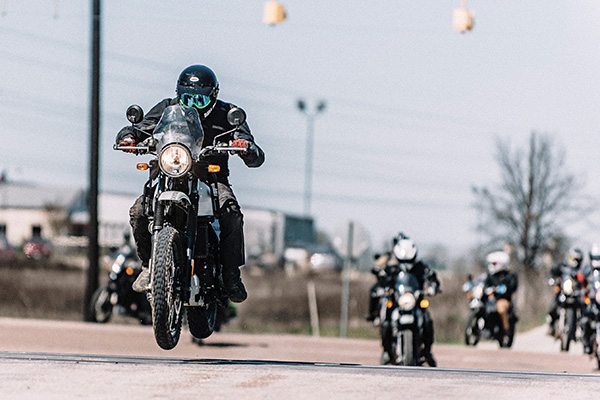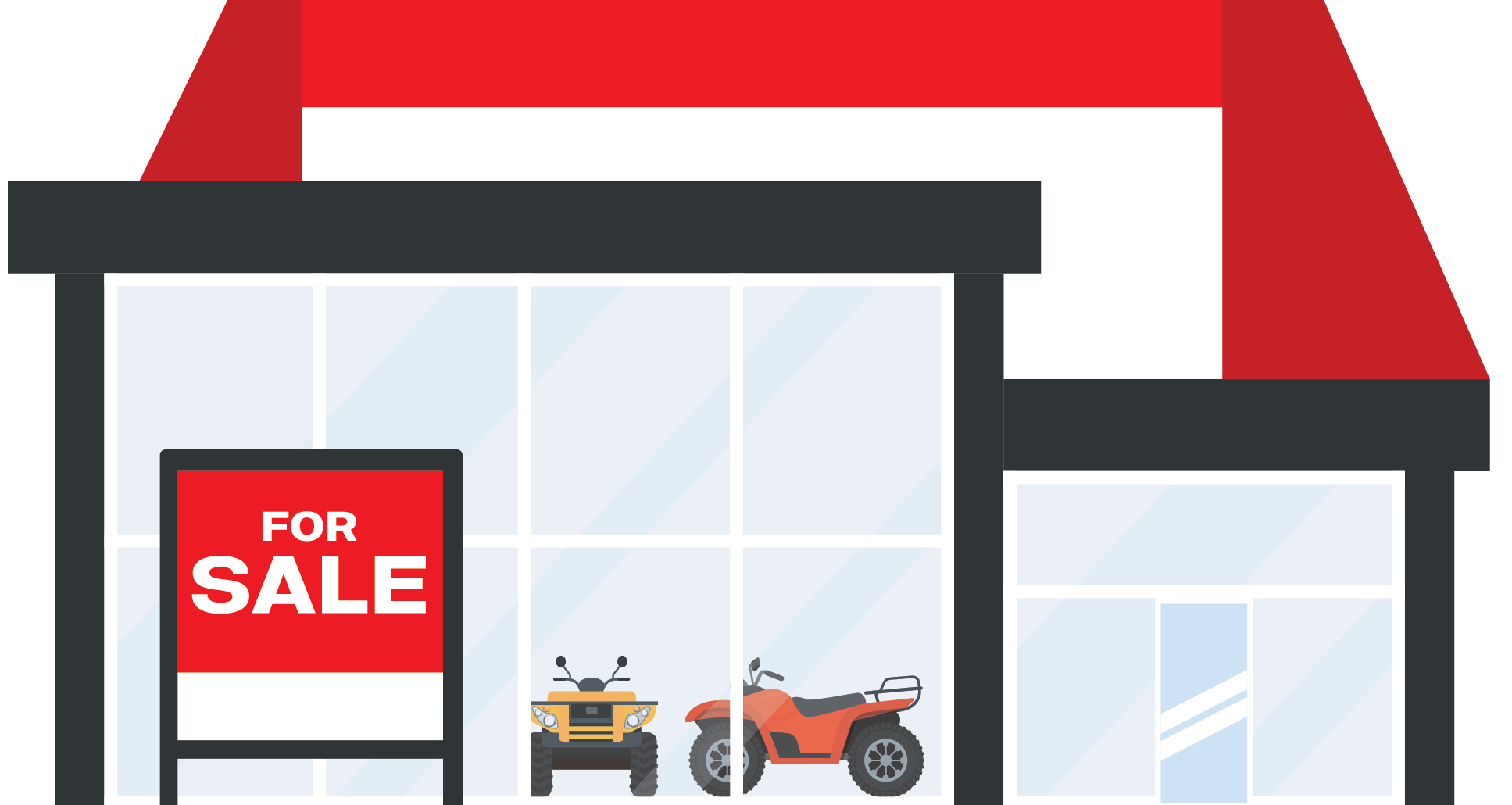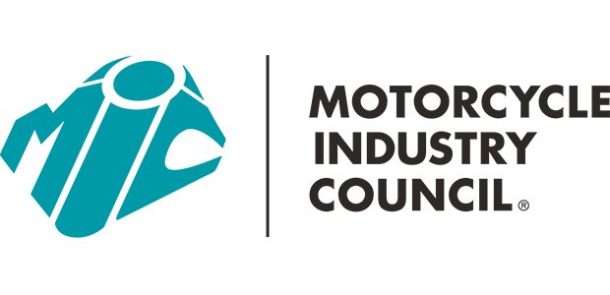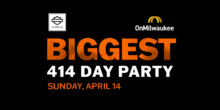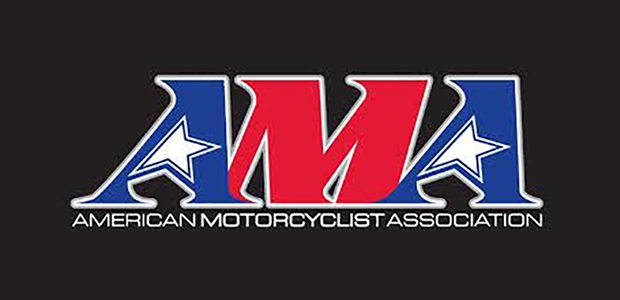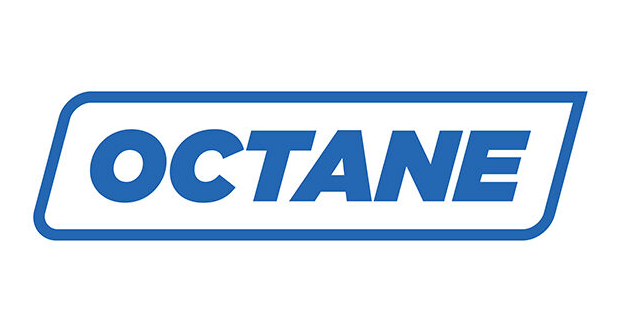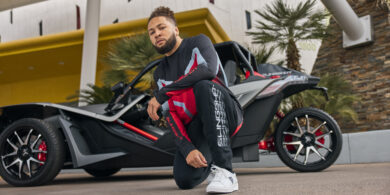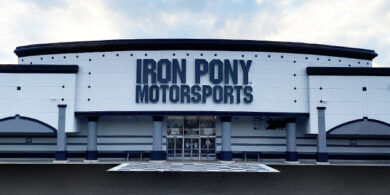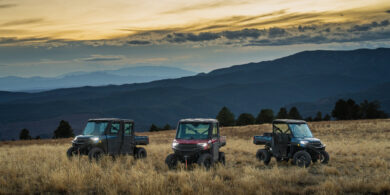Royal Enfield middleweight ‘ripe’ for U.S.
Himalayan ADV gives dealers a heavy-hitter with $4,499 MSRP
While gathered in Midlothian, Texas, last month for the Royal Enfield Himalayan media ride, Powersports Business’s Chad Cochran sat down with Rod Copes, president of Royal Enfield North America. The former Harley-Davidson executive steers the operations from company headquarters in Milwaukee, and provided some insight on the brand’s new middleweight entry, the growing dealer base, the U.K. facility and more. Of course, Cochran was eager to share plenty of sidebar conversations about the on- and off-road riding enjoyment that the Himalayan offered while at the 1,000-acre TexPlex Park.
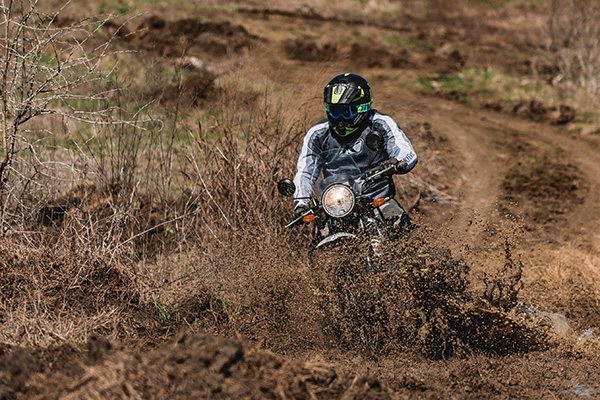
Powersports Business: Tell us about your dealership footprint in the U.S. When you took over the reigns, you were basically starting from scratch with a new go-to-market approach. How many storefronts do you have now, and what would an ideal number be by the end of 2018?
Rod Copes: When we transitioned from independent distributor to us, his contract terminated all the dealers, so we started from scratch. We went back and looked at the roughly top 100 metro areas in North America and said, “This is where we need to have a dealer in the metro area.” We divided up the region within sub-regions and we have five regional managers who live and work in those regions and have been out for the last two years signing up dealers and prospecting dealers. We go into those metro areas and say, “Who are the best two or three dealers in town?” and that is where we start. Some dealers may not want to add another brand. The good news is, as we’re making progress, the brand is making more traction and more publicity. We are now having dealers contact us, which is a lot easier than doing the cold calls.
So to answer your question, we have over 75 dealers operational right now in North America and we are adding two or three a month. So throughout the rest of this year, we should be close to 100. At that point, we will look at the map and say “Here are still some areas we have pockets” and we will continue to grow. We think to start, that is the right density of dealers, so at least the customer has one, ideally, within a 25-50 mile range.
We also want to make it easy for the customer, so we are working with dealers to really cater to the customer. We haven’t implemented one of those, but it could be mobile service, it could be white glove treatment where we bring the bike to them. We want to come up with many different ideas that will make it more convenient for the customer. Ultimately, that is what it is all about. So far so good, I would say the dealer network is growing and improving rapidly.
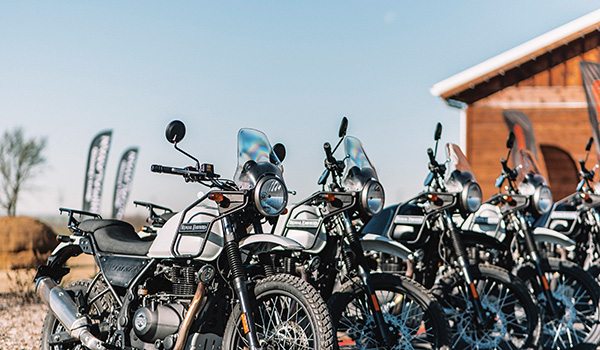
PSB: What types of dealerships are you seeing as being able to prosper with Enfield? What traits or characteristics are you looking for in a dealership before they can sign on to become an Enfield dealer?
RC: Our goal is to make it simple and easy — and profitable — for the dealer. The beauty of our small team at Royal Enfield North America is that we have a lot of experience across a number of different brands. We have learned a lot and when we started this process, we set that goal. So we try to live to that. We give dealers a decent margin; we don’t have a lot of gains with the margin. We don’t require them to spend a lot of money up front. So you need five motorcycles on display and one as a demo unit. You sell a unit and within two days, we send you another unit back that you want of whatever color or model you want. So we are not stuffing the channel with a lot of product at the end of the season. They buy plus-one — they can buy more if they want — but that’s not required and use the demo unit for six months and turn it over and we will give you a new one, with good terms.
So the whole idea is, we will hold all the inventory centrally, because who knows if green GTs are selling in California or selling in Maine. So rather than stuffing them with the dealer, lets keep them central, so as the dealer sells them, we will ship them out. It is a different model than any of the other manufacturers. We think that is important: Simple, easy, and profitable. With that, we will get a lot more dealers that are interested in dealing with our brand. The other thing that we have found is the most important thing, and we just discovered this, someone who takes on the Royal Enfield brand needs to have a brand champion in that dealer. We believe if someone is passionate and believes in our brand and the future, they are going to sell a lot more motorcycles, which is going to benefit everybody.
PSB: Let’s talk for a moment about the U.K. facility, which I imagine has that just-moved-in sheen to it still. Tell me how that started out, and where it sits today. I understand the staffing growth there has been pretty remarkable from a design standpoint.
RC: The first motorcycle to have really been managed through the U.K. design process team and facility is the twin. So the Himalayan was built under the old product development process and team and that was done in India, which started about seven years ago and finished about two years ago. Now it has been improved upon since. It originally launched about two years ago in India. The first employees in the U.K. were hired about three years ago and they had a temporary building. They were the ones who started the new product introduction process (NPI). They worked very closely with the team in India and everything was jointly done. The building was then conceived and constructed and was eventually completed last year and that’s when they all moved in. They grew from one or two people three years ago to over 125 people today. They are a very capable and talented product development team, from industrial design, to engineers, to product development and across the gamut.

PSB: Let’s talk about this bike. We’re hearing a lot of good things about Enfield and it’s price points for the U.S. market, the middleweight bike sizes. Why do you think it will be a success?
RC: It has got a mixture of a number of different things. It has got a brand that has a lot of genuine authenticity from 1901. It has roots in England, it has soul from India, it’s the oldest, it’s the fastest-growing, and it is the largest and soon-to-be leading middleweight company in all markets. But those are just words, so why is it going to succeed here? Because the market is ripe for it. The current U.S. motorcycle market is upside-down — it is an inverted pyramid, as about 75 percent are heavyweight and that is OK, but when you have a generational change, you have no pool of new riders. So you need a healthy middleweight motorcycle segment to bring in new riders. Some of them will go right to heavyweight, most will not. We believe we are at the right place, at the right time, with the right brand, and the right motorcycles. The Himalayan is the first of many new motorcycles that we really think fits that sweet spot. So it’s the first of many to come and in the next five years we will have a broad range of over a dozen motorcycles and a price point from $4,000 to about $8,000 dollars.
PSB: How has you Milwaukee headquarters bulked up. What’s the head count these days? What kind of floorplan financing partnerships do you have?
RC: We are a very small team. We leverage a lot of resources and support from India. But we have about 20 people at Royal Enfield North America, about half or less than half of those reside in Milwaukee. Our dealer development team — there are six individuals who work and live in the field, and we have four or five individuals at our warehouse and pre-delivery inspection (PDI) office in Dallas. So we are very fragmented, but we obviously leverage technology the best, make sure we are communicating, whether it be from phone or Google hangouts, and we are a cohesive team. So it’s a small team getting a lot done and working very closely together. As far as financing partnerships, we work with Wells Fargo, and they work with most every dealer we have.
PSB: What kind of feedback are you getting from dealers about the bike?
RC: We do not formally go out and do bookings or deposits centrally, but we do know many of the dealers are taking deposits locally. And that is OK; they are managing it and we are confident that they will take care of their customers. We are going to have the dealers here this week and we are going to ask them for their deposit numbers and forecasts so we can make sure that we manage supply and demand the best that we can. At this point, we have ordered the initial stocking. The motorcycles are on their way over and they will arrive, so that we can get them into the dealer network, so we will be able to get all the motorcycles to the dealers in April and May. We will fill the channel and we will see where demand is and make sure we have a supply.
